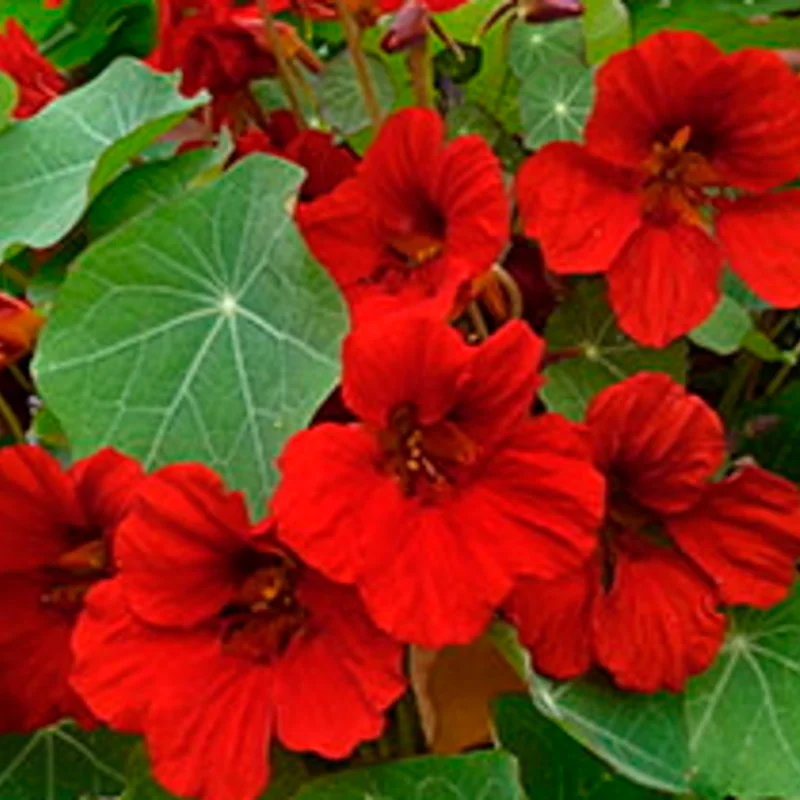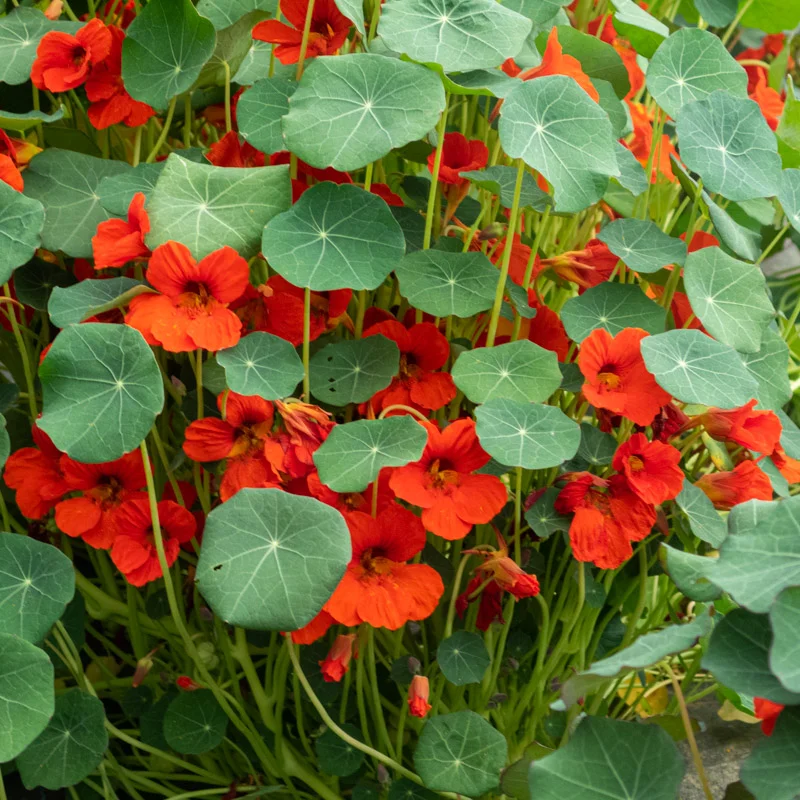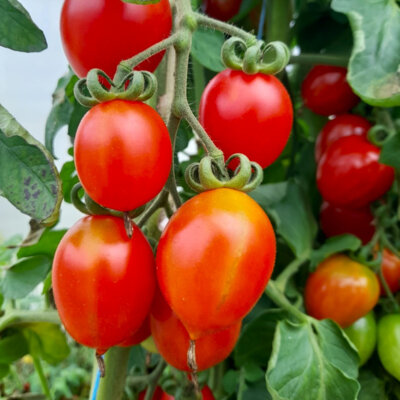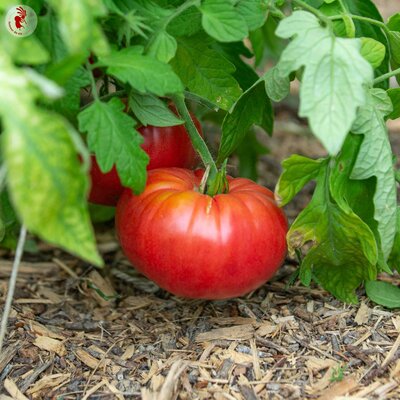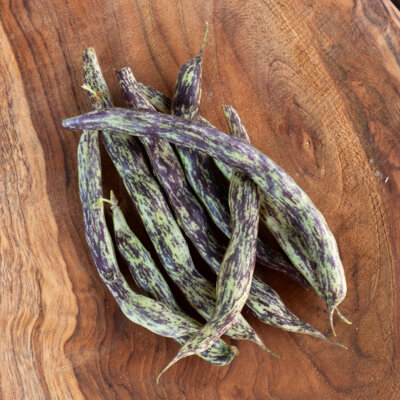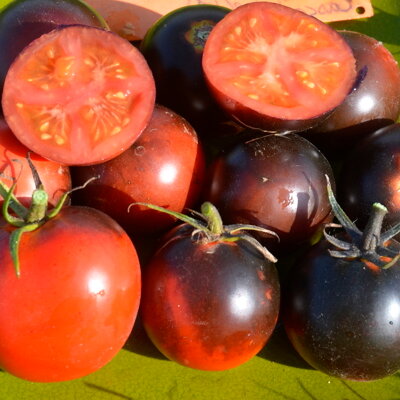Empress Of India - Nasturtium
This old variety, very popular in Victorian times, has dark-green foliage and fiery-red flowers. Leaves, flower buds, flowers and seeds are edible.
These products may also be of interest to you
in the ground, in bucket
Sow in pots under light cover. Transplant after last frost, 30 cm apart in all directions, or sow directly after last frost, in rows 30 cm apart. In mild climates, it is possible to sow in the open ground as early as April.
March, April, May
April, May, June, July
June, July, August, September, October
in the ground, in pot
sunny, semi-shade
low
all floor types
reheated, drained
Tropaeolum minus
mid-season
30 seeds
Red
edible
From 30 to 40 cm
round
Peru
Inconnue
This old variety was very popular in Victorian times. Its name seems to derive from the title Queen Victoria received on May 1, 1876.
Nasturtium contains antibacterial substances that boost the immune system and help cure flu and colds. It is anti-inflammatory, and is recommended for treating inflammation of the kidneys, intestines, ear and tonsils. It also has expectorant properties, helping to clear nasal and bronchial secretions. Nasturtium seeds are a highly effective antibiotic against micro-organisms such as staphylococcus, salmonella and streptococcus. Fresh juice from the plant can be used to combat urinary tract and bronchial infections, at a dose of 30-50 g per day. Leaves and flowers can be eaten raw in cases of avitaminosis.



